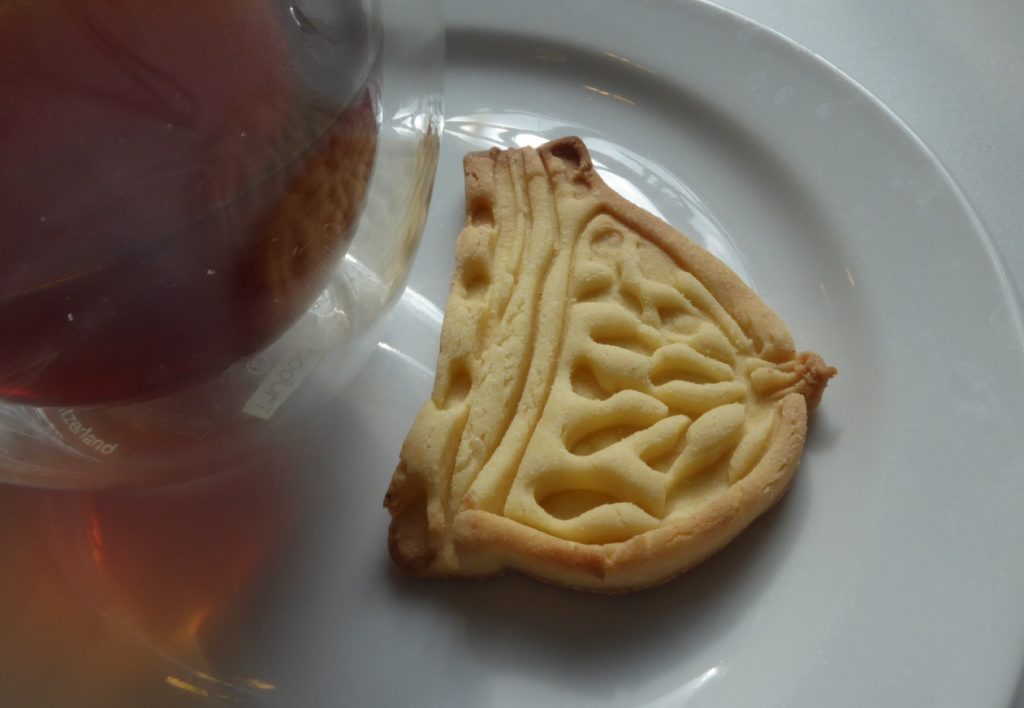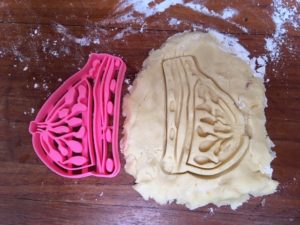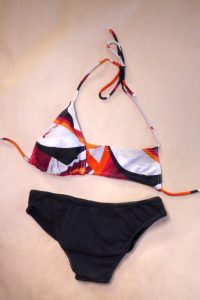 Absence /ˈabs(ə)ns/
Absence /ˈabs(ə)ns/
Since losing a breast I have been regularly contemplating the concept of Absence. Something that was but no longer is, does not just vanish, itstays present in our mind and being. It confronts us with a sense of having to do without, a feeling of incompleteness and an itchy inkling that something is missing. And although I’ve come to love my new asymmetry, a sense of absence remains, an ever present nostalgic kind of notion.
Whilst exploring the idea of absence, I found out about Amastia, a rare medical condition wherein the normal growth of the breast never takes place. They are congenitally absent. There is no sign whatsoever of the breast tissue, areola or nipple. Images of these breast-less chests reminded me of fields covered in fresh snow and conjured up an overwhelming sense of innocence and peace… An intuitive reaction illustrating once again the complexity connected to breasts and nipples.
Amastia can appear unilateral (one sided) and bilateral (both sides).
Amazia is a similar condition, wherein breast tissue is absent but here the nipples are present.
A rather poetic early description of Amastia can be found in the bible : “We have a little sister, and she hath no breasts”
(Song of Solomon VIII:8).
Anna Versteeg





 When assessing Mammographic breast imagery, one of the things consultants look at is “architectural distortion”.
When assessing Mammographic breast imagery, one of the things consultants look at is “architectural distortion”.








